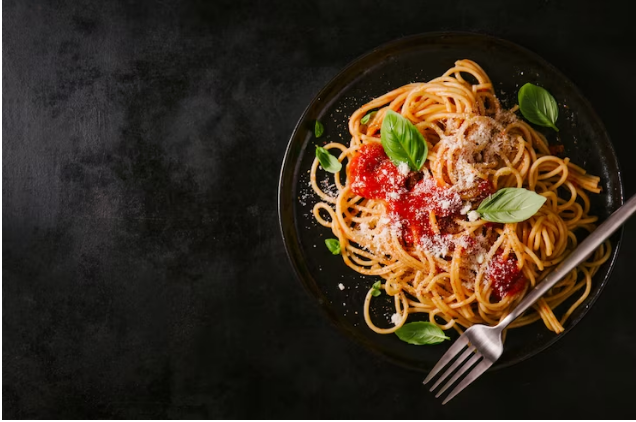
How To Cook Pasta
Cooking pasta is a simple and popular dish enjoyed all around the world, including Africa.
How Long Should You Boil Pasta?
The cooking time for boiling pasta can vary depending on the type, size, and brand of pasta you are using. Generally, the cooking time is specified on the pasta package. As a general guideline, most types of pasta, when cooked in boiling salted water, take about 8 to 12 minutes to become “al dente,” which means firm to the bite.
To find the specific cooking time for your pasta, follow these steps:
-
Check the package: Look at the package of the pasta you are using. It usually provides cooking instructions, including the recommended cooking time.
-
Test for doneness: After cooking the pasta for the recommended time, take a piece of pasta and taste it. It should be “al dente,” which means it should have a slight bite to it and not be overly soft. If it’s too hard, continue cooking for another minute or two and check again.
Remember that the cooking time can be affected by factors such as the altitude of your location, the size of the pasta, and the type of stove you’re using. It’s essential to taste the pasta to ensure it’s cooked to your desired level of doneness. Overcooking pasta can result in a mushy texture, while undercooking it will make it too firm and not enjoyable to eat.
How To Cook Pasta
Here’s a step-by-step guide on how to cook pasta:
Ingredients:
- Pasta (e.g., spaghetti, penne, fettuccine, etc.)
- Water
- Salt (optional but recommended for flavor)
- Olive oil (optional but can prevent sticking)
Instructions:
-
Choose the Pasta: Select the type of pasta you’d like to cook. There are various shapes and sizes available, such as spaghetti, penne, fusilli, or macaroni.
-
Boil Water: Fill a large pot with enough water to fully submerge the pasta. A general rule is to use about 4-6 quarts (liters) of water for every pound (450 grams) of pasta. Place the pot on the stove over high heat.
-
Add Salt: Once the water comes to a rolling boil, add a generous amount of salt to the water. This will enhance the pasta’s flavor. A common recommendation is about 1-2 tablespoons of salt for every 4 quarts of water.
-
Add the Pasta: Carefully place the pasta into the boiling water. Stir gently to ensure the pasta doesn’t stick together or to the bottom of the pot.
-
Cook the Pasta: Follow the cooking time instructions on the pasta package as a general guideline. Cooking times may vary depending on the type and brand of pasta. Stir occasionally during cooking to prevent sticking.
-
Check for Doneness: After the recommended cooking time, test the pasta for doneness. Take a piece of pasta out of the pot and taste it. It should be “al dente,” which means firm to the bite but not overly soft. If it’s still too hard, continue cooking for a minute or two and check again.
-
Drain the Pasta: Once the pasta is cooked to your liking, turn off the heat, and carefully pour the contents of the pot into a colander or strainer to drain the water.
-
Rinse (optional): In some cooking traditions, pasta is rinsed with cold water to stop the cooking process and prevent it from getting too soft. However, in Italian cuisine, pasta is not rinsed.
-
Add Olive Oil (optional): Some people like to add a drizzle of olive oil to the drained pasta to prevent sticking. This step is optional.
-
Serve and Enjoy: Your pasta is now ready to serve! You can top it with your favorite sauce, such as tomato sauce, pesto, or Alfredo sauce. Add some grated cheese, herbs, or other toppings to enhance the flavor.
That’s it! Cooking pasta is quite simple, and you can get creative with different sauces and toppings to suit your taste preferences. Enjoy your delicious pasta!
